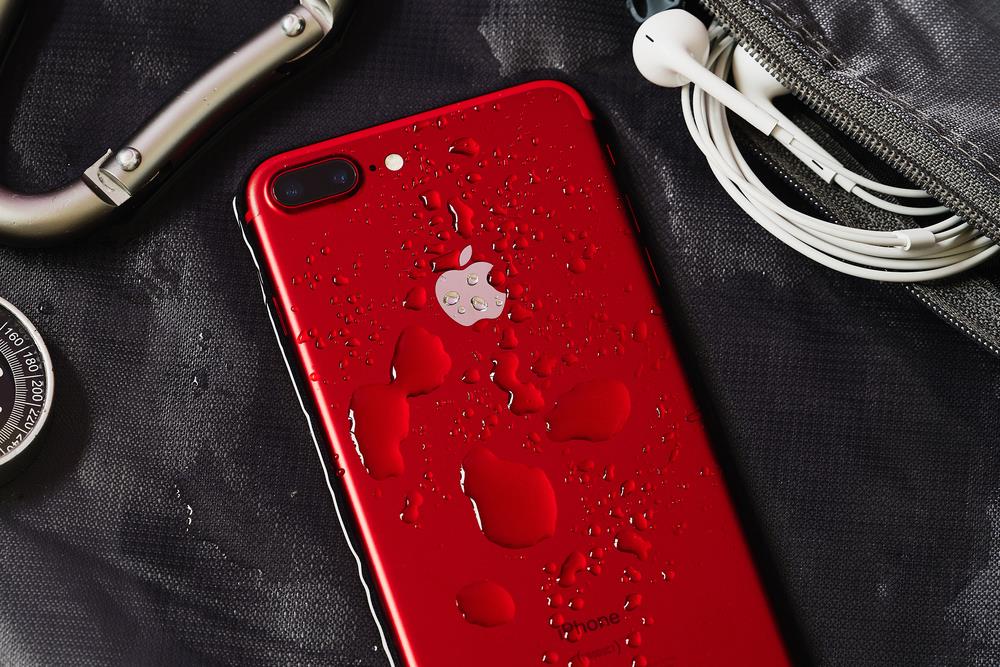Apple announces a major redesign of its operating systems with the new Liquid Glass interface, to be unveiled at the WWDC conference. The new design features high transparency, reflections, and shimmering effects reminiscent of glass surfaces, and will be applied across all Apple platforms including iOS, iPadOS, watchOS, macOS, tvOS, and CarPlay. Liquid Glass marks the beginning of a transformation of Apple products, including a future iPhone model codenamed Glasswing, to be launched on the 20th anniversary of the iPhone. Besides aesthetic innovations, Apple uses this design to draw attention to its lag in artificial intelligence compared to competitors like OpenAI and Google. The company aims to keep users and developers engaged through visual innovations while developing AI technologies. Liquid Glass is not a return to skeuomorphism but a sophisticated use of optical glass and light effects to emphasize depth and sophistication of the interface.
Political Perspectives:
Left: Left-leaning sources emphasize Apple’s innovation and design evolution with the Liquid Glass interface as a positive step towards unifying the user experience across devices. They highlight the company’s attempt to catch up in AI technology, viewing it as a necessary modernization. The narrative focuses on the aesthetic and technological progress and the potential for Apple to lead in hardware and software integration.
Center: Center-leaning sources report the facts about Apple’s new Liquid Glass design and upcoming iPhone model, noting the visual changes and the strategic move to maintain user and developer interest. They mention Apple’s lag in AI compared to competitors but present it neutrally, focusing on the design as a significant update without strong editorializing.
Right: Right-leaning sources may focus on Apple’s business strategy, highlighting the company’s efforts to maintain market dominance through design innovation while cautiously addressing the AI lag as a competitive challenge. They might emphasize Apple’s conservative approach to AI integration and the importance of hardware innovation, possibly framing the Liquid Glass design as a way to sustain consumer interest amid technological competition.



















